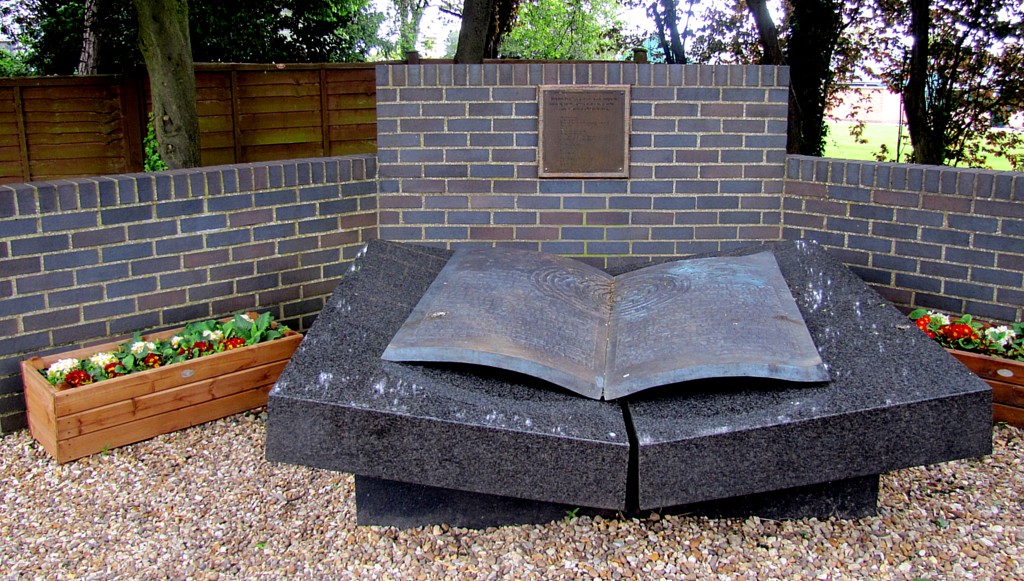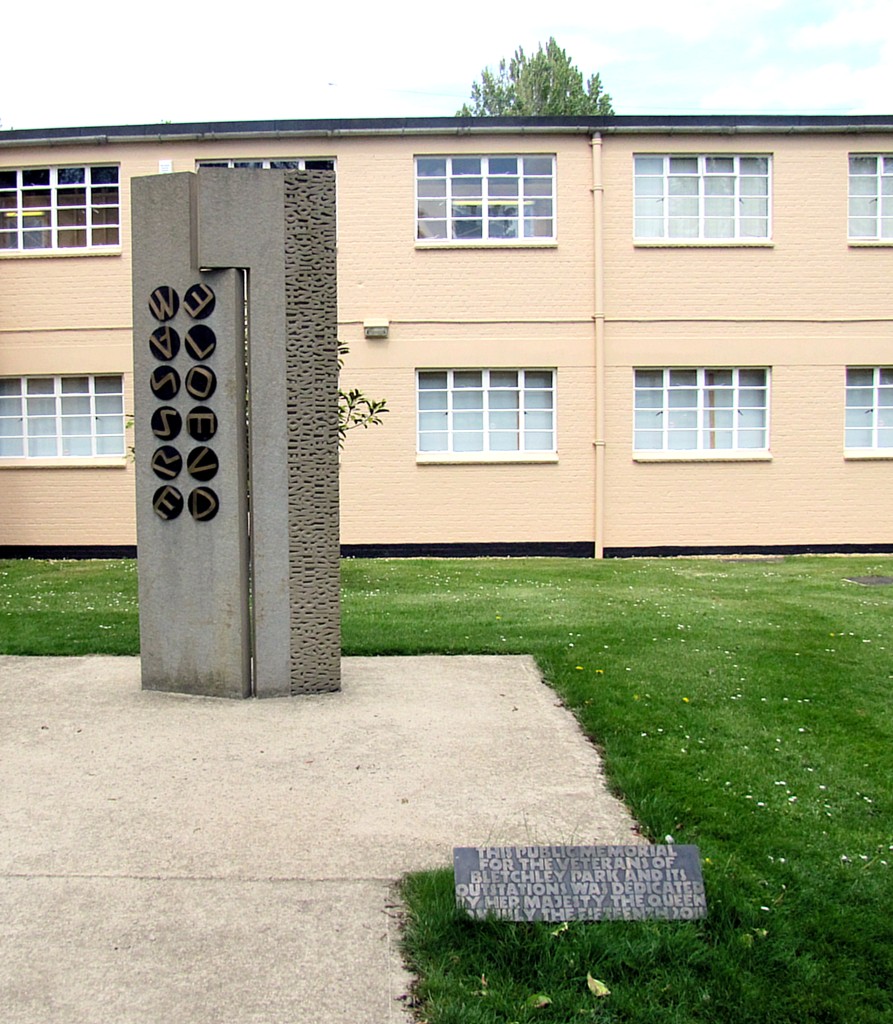One of the big things I wanted to do on this trip is visit the Bletchley Park Museum. It’s pretty much holy ground for computer nerds, WWII geeks, conspiracy theorists, secret history aficionados, and1 information security specialists. I fall into a couple of those categories, so this was a bit of a pilgrimage for me.
For those who don’t know, here’s the brief on Bletchley Park. In the early days of WWII, the British military set up a signals intercept and codebreaking unit at Bletchley Park. They brought together a varied group of geniuses, trained a bunch of technicians2, and started trying to break the German codes. They were very successful, shortening the war by an estimated two years, ensuring the surprise of the D-Day attack, and helping to find and sink the Bismarck. Along the way, they pretty much laid the foundations for modern computing.
And then, when the war was over, the whole operation was silently shut down. All the papers were destroyed, all the machines dismantled and dispersed, and all the people sworn to secrecy. Until the project went public in 1974, there was pretty much no leak about the existence and work done at Bletchley Park. Churchill called Bletchley Park, “the geese that laid the golden eggs and never cackled.”
About the only other single project that had this sort of impact on the course of WWII is the Manhattan Project.
Anyway.
The travel instructions I got for the park – gleaned from some Internet site I can no longer find – weren’t good. They landed me in Milton Keynes with the impression that the museum was an easy walk from the train station. It wasn’t. It was a fifteen-minute cab ride away. Not ideal, but easy enough.
And then I wandered in the footsteps of the greats.







If I had come here next month, there would have been a couple more exhibits ready, including a look at a reconstructed Bombe, with demonstrations of how it worked. Also, an exhibit of how the various codebreakers worked to break the codes.
One thing that was of real interest to me3 is that the whole focus of the initial codebreaking efforts under Dilly Knox was on what he called the least secure part of the cipher: the people using it. People were lazy, and used easy-to-remember key settings on their devices – the names of their girlfriends, rude words, etc. These things gave the Bletchley Park codebreakers their first fingerholds on Enigma.



The museum had an awesome multi-media self-guided tour device – essentially an iPod Touch loaded with a keyed multi-media presentation. It provided a lot of good info, along with ways to drill down for more information in the areas where there’s more interest. Overall, the entire Bletchley Park Museum was awesome, in the truest sense of that word – I am in awe of the things I learned.
The trip home was easier, because I had figured out where the Bletchley train station was. Just in case you cared.
Now, I’m going to bed. Tomorrow’s my last day in Oxford. Got a few places I want to see, and I also want to get some laundry done.
Then, it’s on to York.


Sounds like it was really” neat” Rick; perhaps sometime I must see the movie!
All OK here, cool & overcast for a few days now; I look forward to reading more!
Popsy